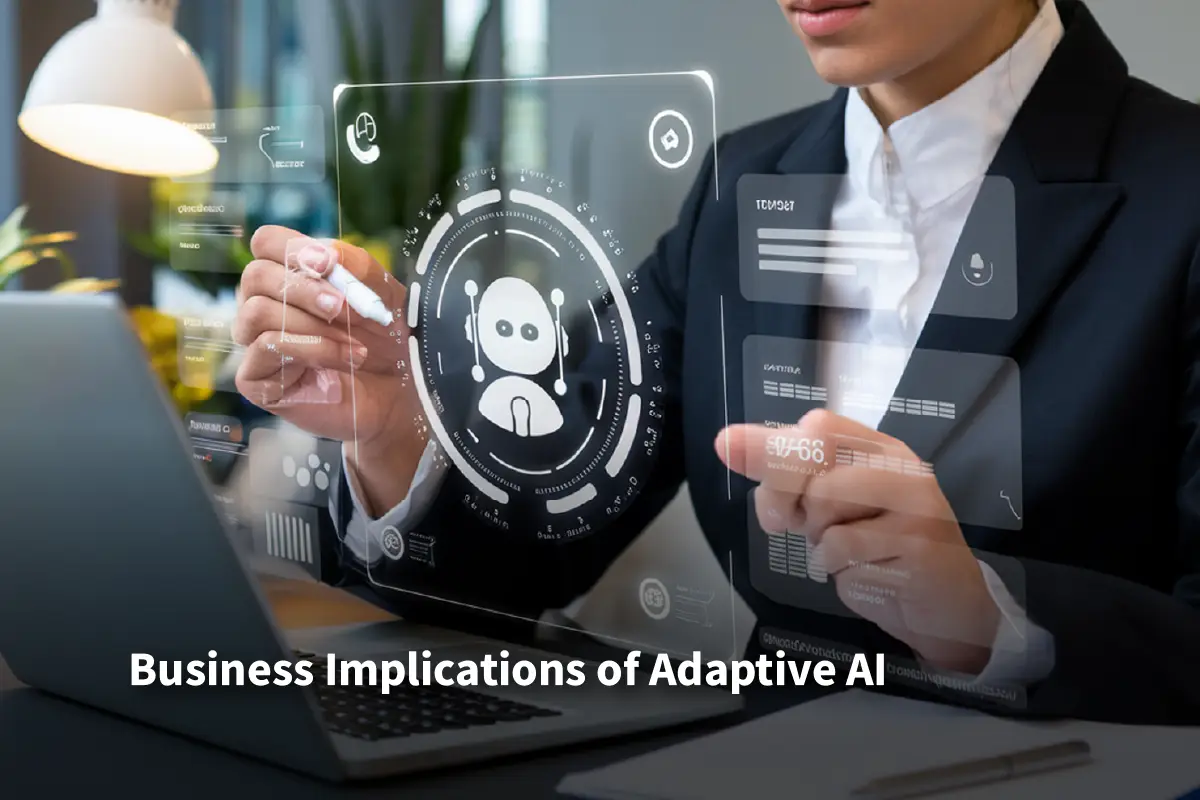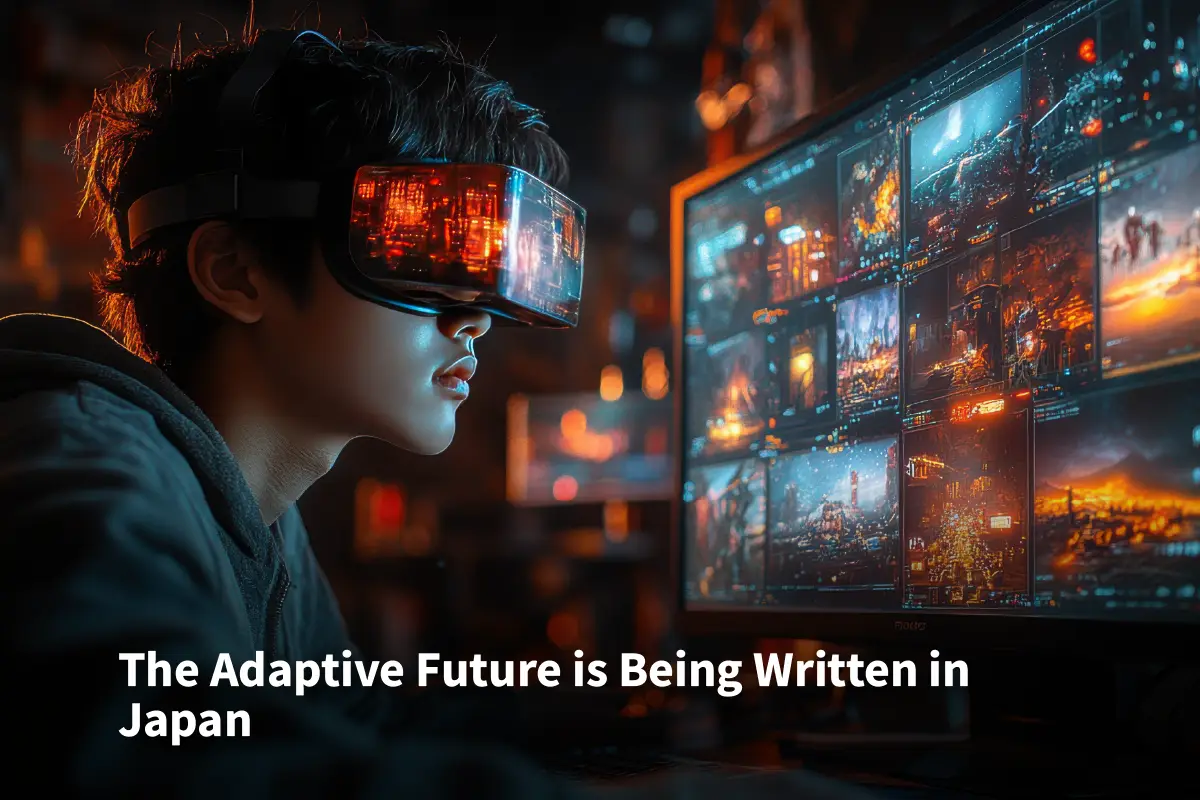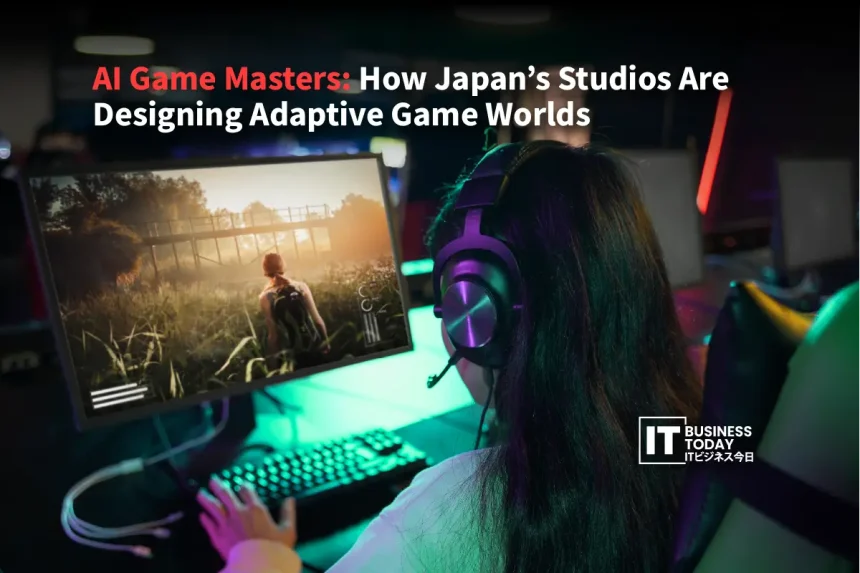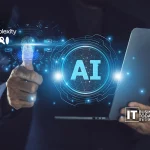イメージはよく知られています。彼らは何百万人もの人々を魅了するデジタルの世界を作り上げます。日本のゲームスタジオは、その創造性と技術で世界的に知られています。彼らは、プレイヤーに忘れられない体験を提供する革新的なゲームを生み出しています。人気フランチャイズの水面下では、静かな革命が起きています。この変化は、単なるエンターテインメントにとどまらない深い影響を及ぼしています。日本のスタジオは、適応型AIシステムの開発で世界をリードしています。AIゲームマスターは、プレイヤーの行動や感情、スキルに応じて仮想世界を変化させることができます。敵が賢くなるだけではありません。パーソナライズされ、進化するエコシステムを構築することでもあるのです。日本のビジネスリーダーは、この変化を把握する必要があります。それは未来への重要な指針を与えてくれます。これには、顧客エンゲージメント、製品のパーソナライゼーション、オペレーショナル・インテリジェンスなどが含まれます。
日本のゲームAIの文化的坩堝
ゲームにおけるAIへの日本独自のアプローチは、深い文化的な合流点から生まれました。おもてなし」のコンセプトは、設計哲学に浸透しています。スタジオが目指しているのは、プレイヤーへの挑戦だけではありません。プレイヤーを理解することです。ニーズを先取りすることで、オーダーメイドのような体験を生み出しているのです。マンガと アニメ には豊かなストーリーテリングの伝統があります。日本のゲーマー人口は、このようなイノベーションの強力な基盤となっています。 7300万ドル 2030年までに予測されるアクティブプレーヤーと高いデジタル普及率。そのためには、複雑で分岐の多いストーリーをサポートするAIシステムが必要です。このようなシステムは、単なる戦闘メカニクスにとどまらないはずです。日本は人口が多く、社会的調和を重視しているため、リアルで反応の良いノンプレイヤーキャラクター(NPC)や仮想空間での社会的相互作用に大きな関心が集まっています。ホスピタリティ、ストーリーテリング、ソーシャル・インタラクションがミックスされたこのゲームは、アダプティブAIに最適です。他にはないユニークな環境を提供します。
バンダイナムコのようなスタジオのタイトルに見られる繊細な才能について考えてみましょう。彼らの研究は、プレイヤーの不満や退屈を察知するAIを研究しています。これは、小さな合図を見つけることによって行われます。躊躇、繰り返しの行動、不規則な動きなどです。ゲームの世界は、手強い敵を増やすだけではありません。ヒントになるNPCを登場させたり、パズルの難易度を変えたり、新しい簡単な道を開いたりすることもできます。これがデジタルの「おもてなし」です。また、カプコンのストーリーテリングエンジンは、物語を自然に分岐させることができます。これはセリフの選択肢だけではありません。プレイヤーの意思決定、戦闘スタイル、探索パターンなども考慮されています。これにより、記憶し、反応する世界が生まれるのです。
こちらもお読みください: 人事のためのジェネレーティブAI:履歴書からリテンションモデルまで
AIゲームマスターの台頭
従来のゲームAIは、厳格なパラメーターの中で動作します。敵はあらかじめ定義された巡回ルートやスクリプト化された攻撃パターンに従います。クエストのトリガーは二進法です。ゲームマスター」の役割は、ダンジョンズ&ドラゴンズのような卓上RPGのように、常に人間でした。この人物は、プレイヤーの選択に基づいて世界を形作ります。日本のスタジオは、洗練されたAIシステムによって、この役割を効果的にデジタル化し、スケールアップしています。
この進化は明確な段階を経ています。初期のシステムはリアクションに優れていました。例えば、敵はプレイヤーがいつ行動したかによって攻撃をかわすことができました。現在のフロンティアは、予測と適応です。高度な機械学習モデルは、プレイヤーの行動の膨大なデータセットを分析し、行動を予測します。AIダンジョンマスターが、ステルスを好むプレイヤーを観察しているところを想像してみてください。未来のホールの照明を暗くするかもしれません。隠れるオブジェクトを増やすかもしれません。あるいは、警備員がこのエリアに出没する「幽霊」について話すかもしれません。そうすることで、プレイヤーの好むプレイスタイルが強化されるでしょう。
オーバー 70% の開発者が新作ゲームにAIを導入し、60%のマルチプレイヤー・タイトルがリアルタイム適応を採用しています。日本のR&Dラボで活発に研究されている最高峰は、創発的な世界構築です。AIは難易度やスポーンポイントを変えるだけではありません。クエストの作成。派閥関係も変化。天候や資源の有無も変化させます。これらはすべて、プレイヤーとAIが協力して展開するストーリーに基づいて起こります。ある村の派閥に親切にすると、特別な貿易取引や新しいストーリーがアンロックされる世界を思い浮かべてください。このようなチャンスは、攻撃的なプレイヤーにはありません。すべてはその場で作られるのです。
適応型AIのビジネスへの影響

日本のAIゲームマスターの研究は、その技術力だけでなく、主眼を置いている点でも優れています。それは、複雑なシステムの中で、各人を深く、継続的かつ柔軟に理解することを目的としています。これは、あらゆる分野の日本企業にとって、直接的で強力な類似性を持っています。
カスタマーサービス・プラットフォームに、この適応型インテリジェンスが吹き込まれることを想像してみてください。AIは堅苦しいスクリプトを超えることができます。AIは顧客の口調や過去のチャット、さらには文章に書かれた微妙な合図までも分析することができます。そして、その場でアプローチを調整することができます。フラストレーションが検出されましたか?システムはシームレスにエスカレートし、代償となるジェスチャーを提供したり、言葉を簡略化したりします。好奇心旺盛で熱心な顧客?より深い技術仕様や高度なユースケースの提案を積極的に行います。これは、ゲームからAIによって駆動される「おもてなし」です。真にパーソナルで応答的と感じられるサービス体験を生み出します。
商品のパーソナライゼーションの可能性は革命的です。Eコマース・プラットフォームは、単純な「他の人も買っています」というレコメンデーションを超えることができます。適応型AIは、顧客の嗜好や予算の変化を追跡することができます。閲覧習慣から隠れた欲求を察知することもできます。これは、パーソナライズされたプロダクト・ジャーニーの作成に役立ちます。例えば、あなたのライフステージに合わせてホームページやおすすめ商品を更新するオンラインストアを想像してみてください。これは、あなたが何を購入し、何を検索したかを見ることで実現します。それはまるで、あなたの旅に適応するゲームの世界のようです。
業務効率も向上します。サプライチェーン・マネジメントにおける適応型AIは、混乱をより的確に予測することができます。過去のデータに依存するだけではありません。天候や地政学的な出来事、ソーシャルメディアのトレンドなど、リアルタイムの要因を考慮します。これにより、よりスマートな物流経路の変更や生産スケジュールの調整が可能になります。AIゲームマスターがゲーム世界の資源配分を調整するようなものです。プレイヤーの行動や外部イベントに基づいて行われます。
さらに、トレーニングやシミュレーションの効果も大幅に向上します。アダプティブ AI リアルタイムでシナリオを変更することができます。これは従業員の意思決定に基づいて行われます。これにより、複雑な状況でも超リアルなシミュレーションが可能になります。危機管理、微妙な交渉、技術的なトラブルシューティングなどです。AIは、ゲームマスターがプレイヤーの学習を形成するように、見守り、挑戦し、導きます。日本のゲームベースの学習市場規模は US$ 873.3 2024年には100万人
日本の競争力と進むべき道
日本はこの適応型AI競争において明確な優位性を持っています。日本のゲームスタジオは世界をリードしています。彼らは何十年にもわたり、魅力的でユーザーを重視したインタラクティブな体験を創造してきました。エンジニア、デザイナー、ストーリーテラーなどの人材が揃っています。彼らは高度なAIと人間心理の両方を熟知しています。このユニークな組み合わせが強力なアドバンテージとなっています。強力な国内市場は、世界に進出する前にこれらの新技術をテストするのに最適な場所です。
しかし、この可能性を実現するには、ビジネスリーダーの戦略的行動が必要です:
- 異業種コラボレーションの促進:製造、金融、小売などの伝統的なセクターとの提携。ゲームスタジオやAI研究所との提携。知識の移転が不可欠。ゲームAIを使ってビジネスの課題に取り組む共同研究開発プロジェクトが不可欠。
- 交差点における人材への投資:教育プログラムと社内研修の支援。ゲームデザイン、AI開発、この分野のビジネススキルとの連携が必要。
次世代のイノベーターは、この3つの分野すべてに精通している必要があります。
-
- 目的(と倫理)を持ったデータの受け入れ: 適応型AIは、豊富で文脈に沿ったデータで成長します。企業は強力で倫理的なデータ収集に焦点を当てるべきです。これは、プライバシーを尊重しつつ、高度なパーソナライゼーションを可能にすることを意味します。AIがどのように適応するかについての透明性は、信頼構築の鍵となります。
- 具体的な使用例から始めましょう: 海を沸騰させない管理しやすい主要なパイロットプロジェクトを見つけましょう。顧客サービスのパーソナライゼーションやダイナミックプライシングの最適化などの分野に焦点を当てましょう。これらのプロジェクトは、適応型AIアプリケーションのテストと改善に役立ちます。顧客満足度、エンゲージメントの深さ、オペレーションの回復力などの指標を通じて、成功を厳密に測定します。
- 人間とAIのコラボレーション:AIが人間に取って代わることが目的ではありません。AIが人間の創造性を高めることです。適応力のあるAIが複雑さとパーソナライゼーションを管理するシステムを構築します。そうすることで、人間は戦略的な選択、創造的なアイデア、思いやりのある交流に集中することができます。これらはAIが苦手とする分野です。AIゲームマスターは人間の経験をサポートするものであり、プレイヤーに取って代わろうとするものではありません。
適応する未来は日本で書かれる

日本のゲームスタジオが創造する仮想世界は、単なる遊び場ではありません。それは、未来の人間とAIとの相互作用のための生きた実験室として機能します。AIゲームマスターは大きな変化をもたらします。厳密なシステムから、各プレイヤーに適応する柔軟な学習環境へ。このテクノロジーは、日本の特別な文化とテックシーンから生まれました。この技術は、企業が顧客を理解し、顧客とつながり、顧客にサービスを提供する方法を変えることができます。また、業務の改善にも役立ちます。
東京や京都のゲームスタジオのスキルは国の宝です。日本企業は、単なるエンターテインメントにとどまらず、アダプティブAIの可能性を活用することができます。チームワークを促進し、賢く投資することで、強力な顧客ロイヤルティを生み出すことができます。このイノベーションによって、卓越したオペレーションを実現し、グローバル市場で優位に立つことができるのです。ゲームマスターたちは未来をデザインしています。アダプティブな世界が待っています。







